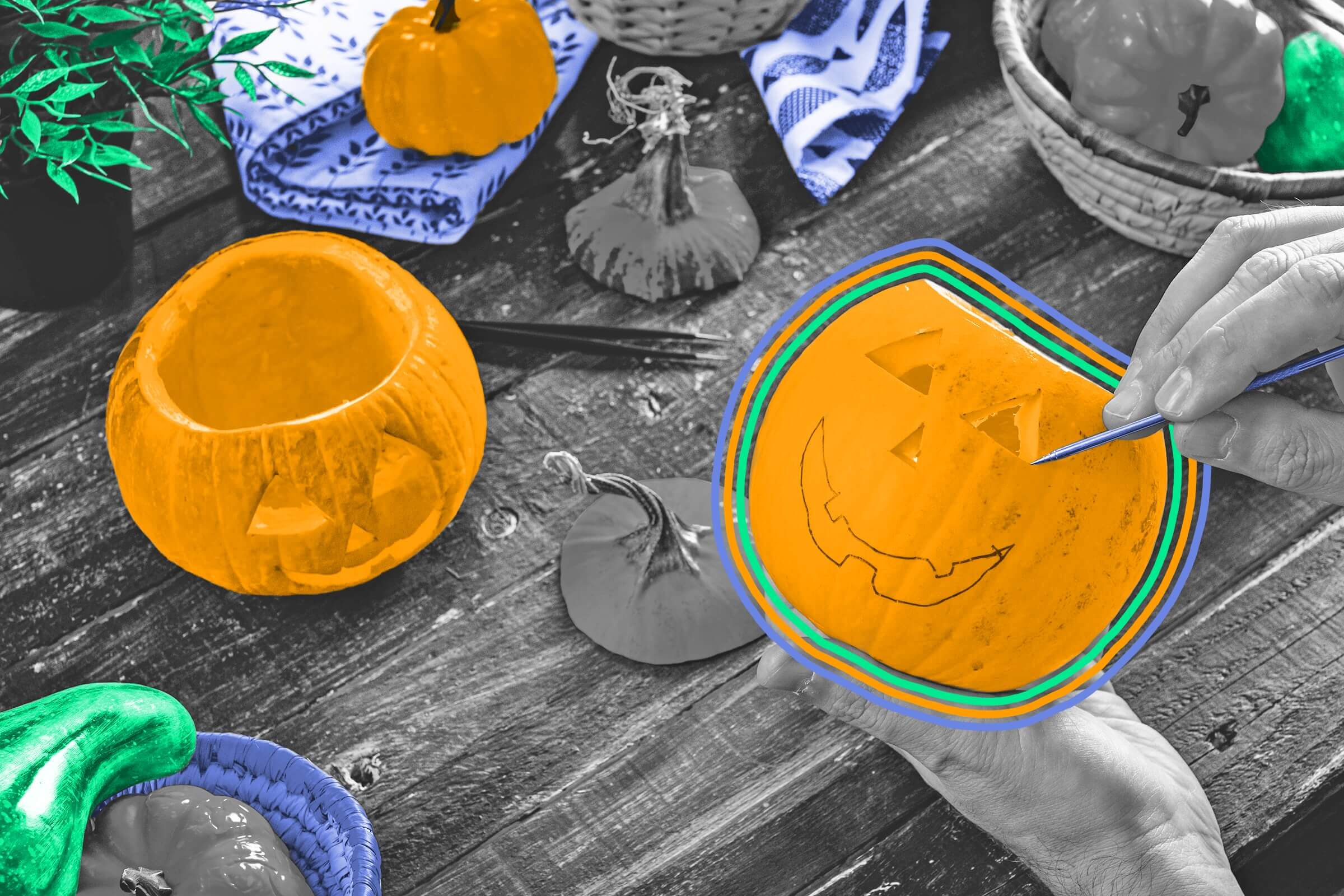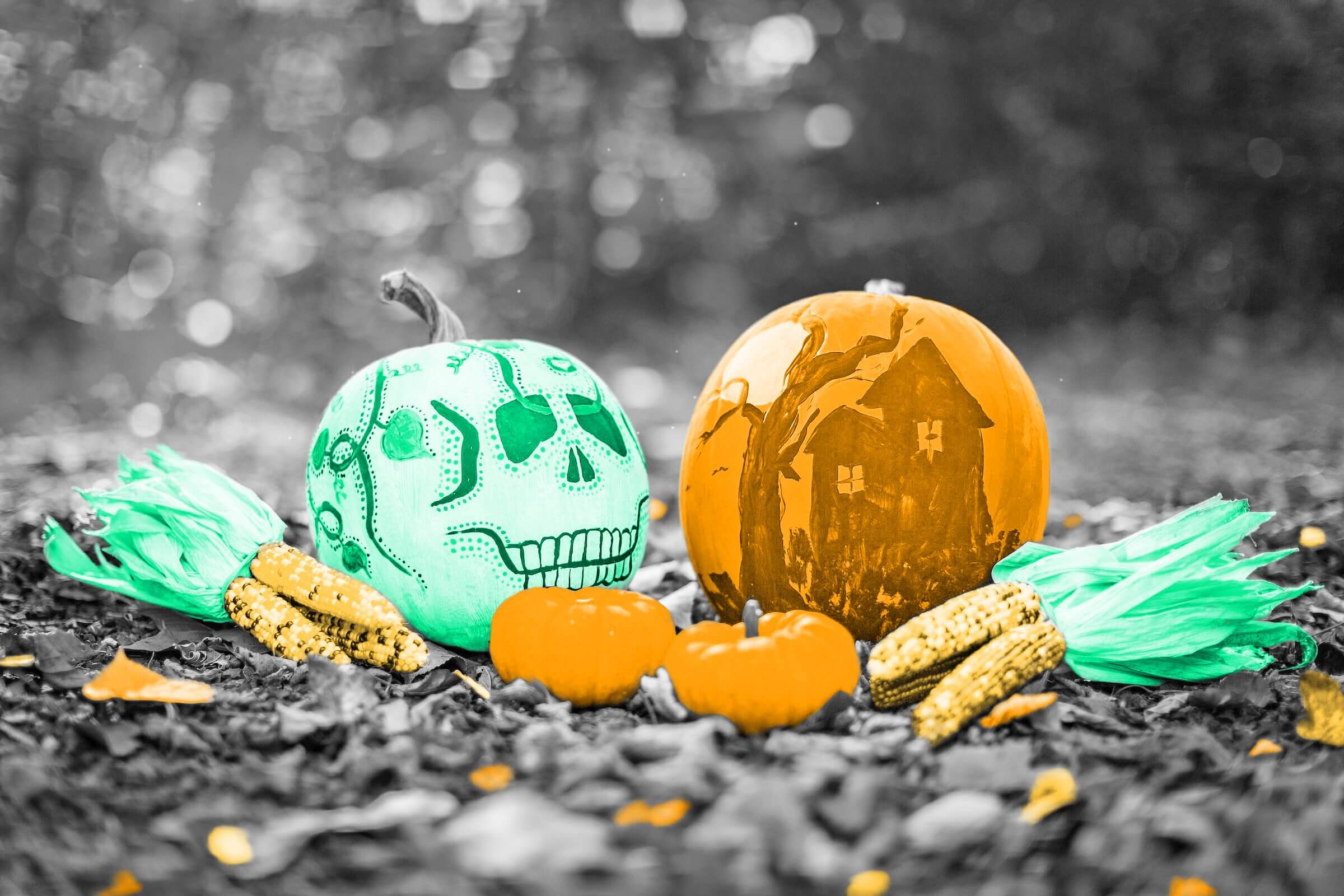
Before carving pumpkins for Halloween, people used to carve turnips.
Turnips aren’t usually considered fancy fare — over the years they’ve served as livestock fodder and occasionally been used to pelt unpopular figures in public. In the 19th and early 20th centuries, however, they weren’t just begrudgingly served for dinner, but also used as small lanterns. The durable root crop is often harvested as the weather cools, and in Ireland, that was just in time for Samhain, the Celtic celebration of summer’s end. Ancient Celts believed that the separation between the living world and spirit realm was at its weakest during autumn, making it possible for ghosts and demons to cause mischief. To protect themselves and their homes, superstitious folk across the British Isles would carve frightening faces into produce — sometimes potatoes or beets, but most commonly turnips — as a way to ward off harm. With a lit candle placed inside, the illuminated faces acted as old-world lanterns that banished the unwanted and guided the way along dark paths.
Turnip carving slowly faded in popularity, especially after the advent of electricity. Still, the tradition made its way to the U.S., albeit with a twist, thanks to an influx of Irish immigrants fleeing famine around the 1840s: Harvest-time celebrants found that pumpkins, abundant and native to North America, were much easier to carve than turnips. The modified tradition caught on during the later part of the 20th century, and gave root to the bewitching American custom of carving jack-o'-lanterns around Halloween.
Considering that the tradition of carving pumpkins came to America from Ireland, it’s no surprise that the name for carved-produce lanterns comes from Irish lore too. According to an Irish folktale, a thief known by the name of Stingy Jack outsmarted and trapped the devil, only agreeing to release him if the thief’s soul would be guaranteed safe from a fiery afterlife. When Stingy Jack’s final day arrived, his bad behavior kept him out of heaven — and his deal barred him from the underworld. Instead, his apparition was left to wander the Earth, carrying only a burning coal to light his travels, and with a new moniker: “Jack of the Lantern,” which eventually became the “jack-o'-lantern” we use today. As with many tall tales, the story of Stingy Jack was also used to explain the unexplainable; in this case, ignis fatuus, aka false fire or marsh gas. We now know that methane created by decaying plants in swamps and marshes can spontaneously ignite, but in centuries past, sudden bursts of ignis fatuus throughout the British Isles would have been considered supernatural events — and used to warn of the perils of bad behavior.

